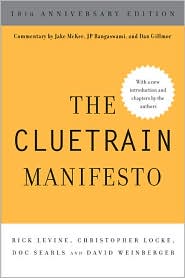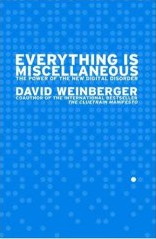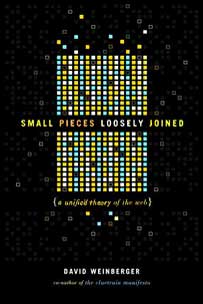October 20, 2013
[templelib] Charles Watkinson: “The Library in the Digital Age”
At Temple University’s symposium in honor of the inauguration of the University’s new president, on Oct. 18, 2013.
|
NOTE: Live-blogging. Getting things wrong. Missing points. Omitting key information. Introducing artificial choppiness. Over-emphasizing small matters. Paraphrasing badly. Not running a spellpchecker. Mangling other people’s ideas and words. You are warned, people. |
Charles Watkinson is Director, Purdue Univ. Press. He says he wishes everyone were like Bryn [see prior post]. But univ. presses generally only receive 15% of their income from the university. So, Bryn’s model isn’t generally applicable.
His toddlers watch Dinosaur Train. “I know you perceive university presses as dinosaurs” but as in the show, some dinosaurs are different from others.
John Thompson in Books in the Digital Age talks about “publishing fields.” He says it’s complex but not without order. We’re seeing the emergence of several different mission-driven publishers: university presses, scholarly societies, library presses. He will talk about univ and library presses. (He points to Envisioning Emancipation as a univ. press at its best.) He goes through some of the similarities and differences between the two presses.
He takes as a case study the Purdue U Press and Purdue Scholarly Publishing Services as an example of how these types of presses can be complementary. (He mentions Anne Kenney’s partnering of Cornell Library with DukePurdue U Press on Project Euclid.)
The aim, Charles says, is to meet the full spectrum of needs, ranging from pre-print to published books. He points to the differences in brand styles of the two and how they can be merged.
So, “What can we do together that we couldn’t do apart?”
“We can serve campus needs better.” He points to the Journal of Purdue Undergraduate Research, which combines library skills (instruction, assessment, institutional outreach) with publisher skills (solicitation for content, project management, editing, design).
Also, together they can support disciplines. E.g., Habri Central Library skills: bibliographic research, taxonomy, metadata, licensing, preservation. Publisher skills: financial management, acquisition of original content, marketing.
Also, solve issues in the system. E.g., the underlying data behind tech reports, e.g., JTRP. Library skills: digitization, metadata, online hosting, linked data, preservation. Publisher skills: peer review administration, process redesign, project management.
Questions for these merged entities: What disciplines can best be served together? How to build credibility? How to turn projects into programs? What is the future role of earned revenues? Will all products be Open Access? What is the sustainability plan for OA?
Maybe libraries should turn to university presses for advice and help with engagement since “that’s what university presses do.”








